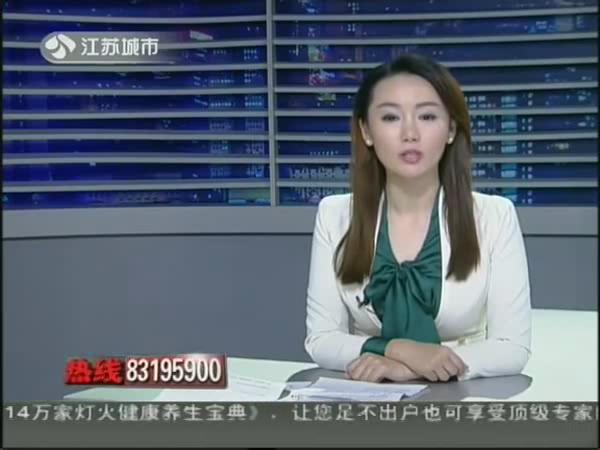Federal agents last week announced it had indicted 24 Mexican and Chinese nationals – drug traffickers, couriers, bagmen and brokers – who they allege conspired to launder money from the sale of fentanyl. The arrests mark the culmination of a five-year investigation conducted by the federal Drug Enforcement Agency (DEA), called “Operation Fortune Runner.” In its criminal complaint, the federal government says the Sinaloa Cartel conspired with the Chinese banking groups in southern California to launder up to $50 million in drug trafficking proceeds. This money laundering ring, according to prosecutors, is the result of a new, “complex” criminal partnership between the Sinaloa Cartel and Chinese criminals.
The southern border has long been the gateway for the flow of deadly fentanyl into the United States. Customs and Border Protection (CBP) data show that 96 percent of the fentanyl seized by the agency so far this year (FY 2024) has been seized at the southwest land border while being trafficked by Mexican drug cartels. The same open borders that allow the cartels to smuggle and traffic millions of human beings into the United States, allow them to bring in narcotics and other contraband.
However, the Mexican drug cartels have not been operating in isolation. According to the federal Drug Enforcement Agency (DEA), the cartels have created “mutually profitable partnerships” with China-based chemical suppliers to obtain the ingredients they need to make fentanyl. China controls key Mexican seaports in Manzanillo, Veracruz, Michoacan and Ensenada, where the precursor chemicals arrive. Chinese companies also provide the Mexican cartels with the pill presses used to produce the end-product that eventually makes its way across the border.
Now, with the announced indictment of Mexican and Chinese nationals, more evidence is emerging about how Mexican drug cartels are partnering with Chinese criminal syndicates to launder the huge profits made by fentanyl sales. The money laundering ring employed the services of Chinese criminals living in the U.S. and Chinese banks. “These Chinese criminal money laundering networks can move money faster, cheaper, and at a fraction of what is usually charged,” DEA Administrator Anne Milgram said.
According to the DEA, the scheme was relatively straightforward, designed to make the most of wealthy Chinese who wanted U.S. bank accounts filled with U.S. dollars. Couriers would collect cash received from the sale of fentanyl, mainly in southern California. The couriers would then deliver the money to the Chinese citizens’ representatives living in the San Gabriel Valley. Then, using Chinese criminal networks, the representatives wired a predetermined percentage of the money back to China, where Chinese companies would take the money and send fentanyl precursors or other goods back to the cartels in Mexico. The cartels would use the precursors to make more drugs or sell the goods for cash. Meanwhile, the Chinese citizens would have U.S. dollars deposited into their bank accounts. DEA agents say the Chinese wanted to move their money into California to buy real estate, pay tuition and make investments in the U.S. financial system.
The partnership between Mexican drug cartels and Chinese money launderers demonstrates the growing sophistication of and threat posed by these criminal organizations with global reach. While the DEA and federal prosecutors deserve praise for their effort to disrupt the flow of drugs and money, their job would not be nearly as difficult if the Biden Administration actually took control of the southern border and enforced our immigration laws. But instead, the Administration has allowed the chaos on the southern border to continue unabated. Meanwhile, the flow of drugs into the U.S. continues, killing tens of thousands of Americans each year.












